Marcion’s “heresy” was justifiably seen as the main threat to Christian “proto-orthodoxy” in the second century, but I suspect the reason had less to do with his doctrine of two gods and some form of docetism and more to do with what might have been branded his “Jewish error”.
That will sound like nonsense to many who think of Marcion as being opposed to the Jewish scriptures and the god of creation. (Marcion claimed that there was a higher god than the god revealed in the Pentateuch, an Unknown or Alien God, a god of love who sent Jesus to reveal his existence and offer of forgiveness and salvation for Jews and all humanity.)
Marcion certainly was known for his rejection of the Jewish scriptures as a guide to salvation. Irenaeus and Tertullian were among the first to attack him for rejecting the idea that our Old Testament contained any sort of salvific value or prophecies of the Saviour Jesus. Marcion was definitely not one of those who expected Christians to follow Jewish customs. But his “Jewish error” was nonetheless “real” and probably far more threatening to the foundation of “orthodox” Christian beliefs.
Marcion read the Jewish scriptures the way many orthodox Jews did — literally. In modern parlance some might say he took them “seriously”.
According to Tertullian, Marcion accepted that the Christ of the Jews would:
- be known as Emmanuel (AM 3.12.1; Isa. 7:14)
- take up the strength of Damascus and the spoils of Samaria against the king of Assyria (AM 3.13.1)
- be by nature the son and spirit of the Creator (AM 3.6.8)
Jewish scriptures could be read to hold out a hope for a conquering and liberating Messiah for the Jews. Marcion accepted this reading as the literal and truly intended meaning. Marcion taught that the Creator god (a subordinate god to the higher god of love, the ‘unknown’ and ‘alien’ god who sent Jesus) in a moment of compassion for the Jews promised them a future all-conquering redeemer king and saviour. He did not deny this prophecy found in the Jewish scriptures. But he had no choice but to concede that its fulfilment was still in the unknown future. In other words, Marcion did not deny the Jewish scriptures and their prophecies. He upheld them but did not apply them to Christians.
Marcion read the Jewish scriptures as literally as any “Judaizing-Christian” who insisted on circumcision as much as baptism for new believers. The only difference was that Marcion did not believe the injunctions of the Jewish scriptures should be applied to Christians. Christians should believe the Jewish scriptures were the product of the Creator God and accept them at face value for what they said. But salvation was the gift of the hitherto unknown God who sent his son Jesus to reveal his existence and die for the salvation of all humanity.
According to Marcion and his followers, the original disciples of Jesus failed to grasp Jesus’ revelatory message of the higher god and of his (Jesus’) true provenance, and continued to hope for a “second coming” of their Savior to judge and destroy the evil powers oppressing the Jews.
According to Marcion, there was no Jewish prophecy that the Messiah would suffer and die on the cross. (Tertullian’s AM 3.18.1f; cf. ad Nat. 1.12; Justin’s Trypho 91, 94, 112)
According to Marcion the Jews had every right to expect a future Messiah who would be sent by the Creator God to restore and save the Jewish nation. That was what their Creator God promised them. Marcion had no dispute with that belief and or its teaching as found within the Jewish scriptures. Marcion’s “problem” was that the Jews failed to recognize the Messiah sent from a god higher than the creator god, that is the Messiah he believed was preached by the apostle Paul.
But in fact the failure of the Jews to recognize their saviour was truly far less of a problem for Marcion than for the likes of Justin Martyr, Irenaeus and Tertullian or any other “proto-orthodox” teachers. For Marcion, the Jews who crucified Jesus truly were ignorant of his provenance and identity. They had no knowledge at all of any god higher than their Creator God. According to Marcion’s belief system, the Jews could by no means be held accountable for “despising the Word of God” or “rejecting his Spirit”. They were truly ignorant and thus not accountable of anything so condign. It was “proto-orthodox” belief, as represented by the likes of Irenaeus and Tertullian, who held the Jews reprehensibly and culpably responsible for knowingly rejecting their Saviour. Marcion, backed by his god of love, was much more merciful.
If anyone was to blame it was the god of the Jews, the Creator God, who kept them blinded from, in ignorance of, the higher god. (AM 3.6.8, 9; cf. 1 Cor. 2:8) The Jews were, Marcion conceded, only trying to obey their god according to his and their lights. (AM 3.6.8; 2.28.3; Haer. 4.29.1)
According to the merciful doctrine of Marcion, “Christ comes not to his own, but for the sake of all nations (AM 4.6.3); he comes to the Jews as a stranger (AM 3.6.2) because they have suffered the most under the ‘Creator’s terrible threatenings’ (AM 2.13.3). Had they known that he came from a God of mercy and in order to free them from the law, they would have spared him (1 Cor 2:8).” — Hoffmann, pp.228-229.
Marcion’s threat to orthodoxy:
Marcion’s brand of Christianity was certainly dominant throughout Asia Minor in the early and mid second century, and possibly beyond that area. His threat to what was to become “orthodoxy” was couched in his literal (serious?) reading of the Jewish Scriptures. He read them literally, not allegorically.
As early as the Gospel of Matthew Christian readers of the Bible learn that the Christian dispensation is meant to read the “Old Testament” allegorically.
Justin Martyr, ‘Barnabas’ and the author(s) of Luke-Acts and the Pastoral epistles clearly all agree that the Jewish scriptures must be interpreted “allegorically” or typologically to divine the Truth. Any other (literal) reading is blindness. (Barnabas 1:7; 4:7; 7:1; Justin, Trypho, 7, 11, 12, 44, etc.; 1 Tim 1:7; 3:8a, 16 a; Titus 1:10b, 14, 3.9b)
“Proto-orthodoxy” needed roots. Antiquity was vital for respectability. By embracing the very ancient Jewish scriptures, and then further adopting Philo’s and other allegorical methods of interpreting them — so that a literal Israel could be turned in to an allegorized and “prophesied” Christ — those Christians on the side of Irenaeus and Tertullian had grounds for promoting the “depth” and “truth” of their faith.
What Marcion threatened was to position Jewish scriptures back where they originated — with Jewish literalism. This was far more dangerous than any effort in the past to have male Christians circumcised. Marcion challenged the very foundation of “orthodoxy” — that is, an allegorical reading of Jewish scriptures. (See Siker.)
Ironically(?) even today fundamentalists insist on a literal interpretation of their New Testament and cherry-picked parts of the Old (e.g. Genesis 1) but will settle for nothing less than an allegorical treatment of prophecies that they believe verify the Messiah identity of the Jesus sent by the “Creator” deity.
Like this:
Like Loading...
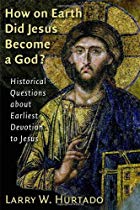 (How On Earth Did Jesus Become a God?) raises some interesting points about how Christians came to worship Christ alongside God. He focuses on the role of personal revelation (hallucination?). My initial response to his book was to think that his explanation was as vacuous as saying “God did it”, and that it was not an explanation at all. Indeed, he finds it necessary to defend his explanation against other scholars who do not give it the time of day. But I have come to think there is probably more to what he is arguing than I first understood, although he would disagree with my slant.
(How On Earth Did Jesus Become a God?) raises some interesting points about how Christians came to worship Christ alongside God. He focuses on the role of personal revelation (hallucination?). My initial response to his book was to think that his explanation was as vacuous as saying “God did it”, and that it was not an explanation at all. Indeed, he finds it necessary to defend his explanation against other scholars who do not give it the time of day. But I have come to think there is probably more to what he is arguing than I first understood, although he would disagree with my slant.
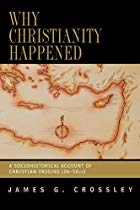
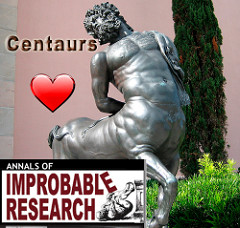
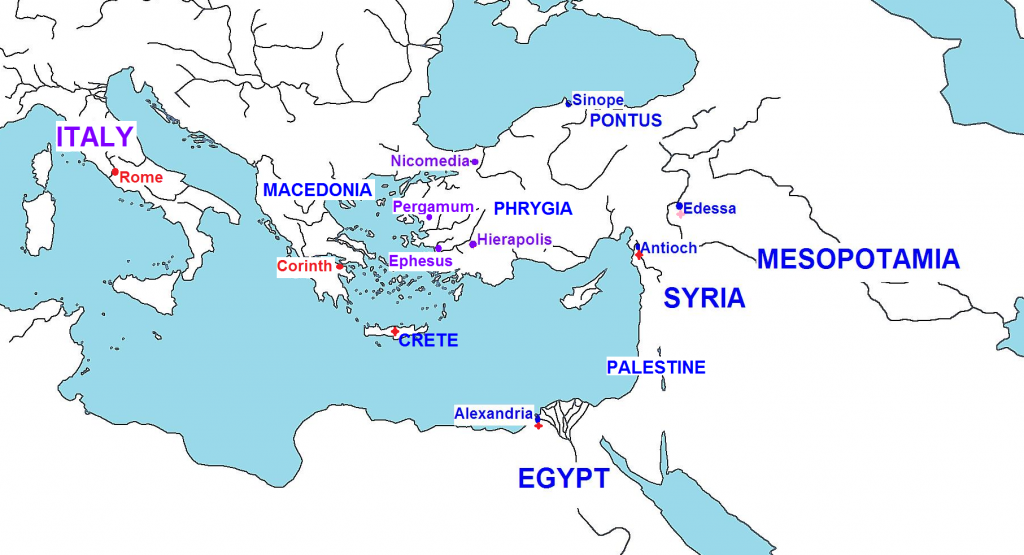
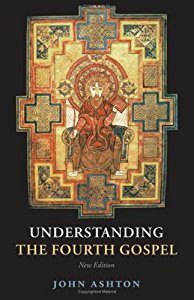 One of the more absorbing books I caught up with about a year ago is
One of the more absorbing books I caught up with about a year ago is 